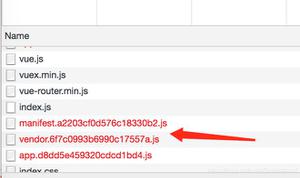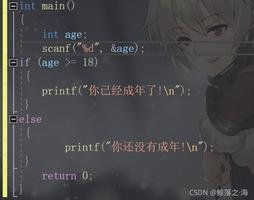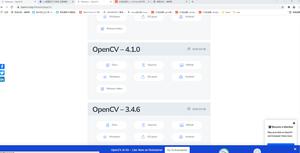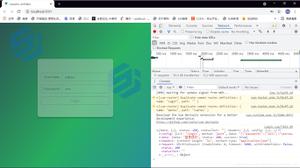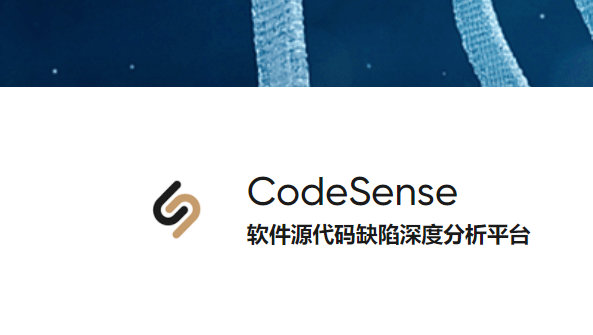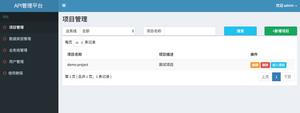如何在 Vue 中使用 Axios 异步请求API
设置基本 HTTP 请求
首先在终端中执行下面的命令把 Axios 安装到项目中:
install axiosnpm install axios
然后,在 Vue 组件中像这样导入axios。
//App.vie - importing axios
<script>
import axios from 'axios'
export default {
setup () {
}
}
</script>
接下来用 axios.get 通过 Kanye REST API 的 URL 获取随机语录。之后可以用 Promise.then 等待请求返回响应。
//App.vue - sending our HTTP request
<script>
import axios from 'axios'
export default {
setup () {
axios.get('https://api.kanye.rest/').then(response => {
// handle response
})
}
}
</script>
现在可以从 API 中获取响应了,先看一下它的含义。把它保存成名为 quote 的引用。
//App.vue - storing the response
<script>
import axios from 'axios'
import { ref } from 'vue'
export default {
setup () {
axios.get('https://api.kanye.rest/').then(response => {
// handle response
quote.value = response
})
return {
quote
}
}
}
</script>
最后将其输出到模板中并以斜体显示,并用引号引起来,另外还需要给这条语录加上引用来源。
//App.vue - template code
<template>
<div>
<i>"{{ quote }}"</i>
<p>- Kanye West</p>
</div>
</template>
检查一下浏览器中的内容。

我们可以看到随机返回的侃爷语录,还有一些额外的信息,例如请求的响应码等。
对于我们这个小应用,只对这个 data.quote 值感兴趣,所以要在脚本中指定要访问 response 上的哪个属性。
//App.vue - getting only our quote
axios.get('https://api.kanye.rest/').then(response => {
// handle response
quote.value = response.data.quote
})
通过上面的代码可以得到想要的内容:

Axios 配合 async/await
可以在 Vue 程序中把 Axios 和 async /await 模式结合起来使用。
在设置过程中,首先注释掉当前的 GET 代码,然后创建一个名为 loadQuote 的异步方法。在内部,可以使用相同的 axios.get 方法,但是我们想用 async 等待它完成,然后把结果保存在一个名为 response 的常量中。
然后设置 quote 的值。
//App.vue - async Axios
const loadQuote = async () => {
const response = await KanyeAPI.getQuote()
quote.value = response.data.quote
}
它和前面的代码工作原理完全一样,但这次用了异步模式。

Axios 的错误处理
在 async-await 模式中,可以通过 try 和 catch 来为 API 调用添加错误处理:
//Error handling with async/await
try {
const response = await KanyeAPI.getQuote()
quote.value = response.data.quote
} catch (err) {
console.log(err)
}
如果使用原始的 promises 语法,可以在 API 调用之后添加 .catch 捕获来自请求的任何错误。
//Error handling with Promises
axios.get('https://api.kanye.rest/')
.then(response => {
// handle response
quote.value = response.data.quote
}).catch(err => {
console.log(err)
})
发送POST请求
下面看一下怎样发送 POST 请求。在这里我们使用 JSONPlaceholder Mock API 调用。

他们的文档中提供了一个测试 POST 请求的 /posts 接口。

接下来我们需要创建一个按钮,当点击按钮时将会触发我们的API调用。在模板中创建一个名为 “Create Post” 的按钮,单击时调用名为 createPost 方法。
<div>
<i>"{{ quote }}"</i>
<p>- Kanye West</p>
<p>
<button @click="createPost">Create Post</button>
</p>
</div>
</template>
下面在代码中创建 createPost 方法,然后从 setup 返回。
这个方法,类似于前面的 GET 请求,只需要调用 axios.post 并传入URL(即https://jsonplaceholder.typicode.com/posts )就可以复制粘贴文档中的数据了。
//App.vue
const createPost = () => {
axios.post('https://jsonplaceholder.typicode.com/posts', JSON.stringify({
title: 'foo',
body: 'bar',
userId: 1,
})).then(response => {
console.log(response)
})
}
单击按钮试一下,可以看到控制台输出了大量信息,告诉我们 POST 请求已成功完成。

用 Axios 编写可复用的 API 调用
在项目中通过创建一个 src/services 目录,用它来组织所有 api 调用。
目录中包含 2 种类型的文件:
- API.js :用来创建一个带有定义的 baseURL 的 Axios 实例,这个实例会用于所有的路由
- *{specific functionality}*API.js :更具体的文件,可用于将 api 调用组织成可重用的模块
这样做的好处是可以方便的在开发和生产服务器之间进行切换,只需修改一小段代码就行了。
创建 services/API.js 文件,并将 Axios baseURL 设置为默认为 Kanye REST API。
API.jsimport axios from 'axios'
export default(url='https://api.kanye.rest') => {
return axios.create({
baseURL: url,
})
}
接下来创建一个 KanyeAPI.js 文件并从 ./API 中导入 API。在这里我们要导出不同的 API 调用。
调用 API() 会给得到一个 Axios 实例,可以在其中调用 .get 或 .post。
//KanyeAPI.js
import API from './API'
export default {
getQuote() {
return API().get('/')
},
}
然后在 App.vue 内部,让我们的组件通过可复用的 API 调用来使用这个新文件,而不是自己再去创建 Axios。
//App.vue
const loadQuote = async () => {
try {
const response = await KanyeAPI.getQuote() // <--- THIS LINE
quote.value = response.data.quote
} catch (err) {
console.log(err)
}
}
下面把 createPost 移到其自己的可重用方法中。
回到 KanyeAPI.js 在导出默认设置中添加 createPost,这会将 POST 请求的数据作为参数传递给我们的 HTTP 请求。
与GET请求类似,通过 API 获取 axios 实例,但这次需要覆盖默认 URL 值并传递 JSONplaceholder url。然后就可以像过去一样屌用 Axios POST 了。
//KanyeAPI.js
export default {
getQuote() {
return API().get('/')
},
createPost(data) {
return API('https://jsonplaceholder.typicode.com/').post('/posts', data)
}
}
如此简单
回到 App.vue ,可以像这样调用新的 post 方法。
//App.vue
const createPost = () => {
const response = await KanyeAPI.createPost(JSON.stringify({
title: 'foo',
body: 'bar',
userId: 1,
}))
console.log(response)
}
现在单击按钮时,可以看到专用的 API 能够正常工作。
把 API 调用移出这些 Vue 组件并放在它自己的文件的好处在于,可以在整个程序中的任何位置使用这些 API 调用。这样可以创建更多可重用和可伸缩的代码。
最终代码
// App.vue
<template>
<div>
<i>"{{ quote }}"</i>
<p>- Kanye West</p>
<p>
<button @click="createPost">Create Post</button>
</p>
</div>
</template>
<script>
import axios from 'axios'
import { ref } from 'vue'
import KanyeAPI from './services/KanyeAPI'
export default {
setup () {
const quote = ref('')
const loadQuote = async () => {
try {
const response = await KanyeAPI.getQuote()
quote.value = response.data.quote
} catch (err) {
console.log(err)
}
}
loadQuote()
// axios.get('https://api.kanye.rest/')
// .then(response => {
// // handle response
// quote.value = response.data.quote
// }).catch(err => {
// console.log(err)
// })
const createPost = () => {
const response = await KanyeAPI.createPost(JSON.stringify({
title: 'foo',
body: 'bar',
userId: 1,
}))
console.log(response)
// axios.post('https://jsonplaceholder.typicode.com/posts', JSON.stringify({
// title: 'foo',
// body: 'bar',
// userId: 1,
// })).then(response => {
// console.log(response)
// })
}
return {
createPost,
quote
}
}
}
</script>
<style>
#app {
font-family: Avenir, Helvetica, Arial, sans-serif;
-webkit-font-smoothing: antialiased;
-moz-osx-font-smoothing: grayscale;
text-align: center;
color: #2c3e50;
margin-top: 60px;
}
</style>
//API.js
import axios from 'axios'
export default(url='https://api.kanye.rest') => {
return axios.create({
baseURL: url,
})
}
//KanyeAPI.js
import API from './API'
export default {
getQuote() {
return API().get('/')
},
createPost(data) {
return API('https://jsonplaceholder.typicode.com/').post('/posts', data)
}
}
以上就是如何在 Vue 中用 Axios 异步请求API的详细内容,更多关于Vue 用 Axios 异步请求API的资料请关注其它相关文章!
以上是 如何在 Vue 中使用 Axios 异步请求API 的全部内容, 来源链接: utcz.com/p/239203.html

